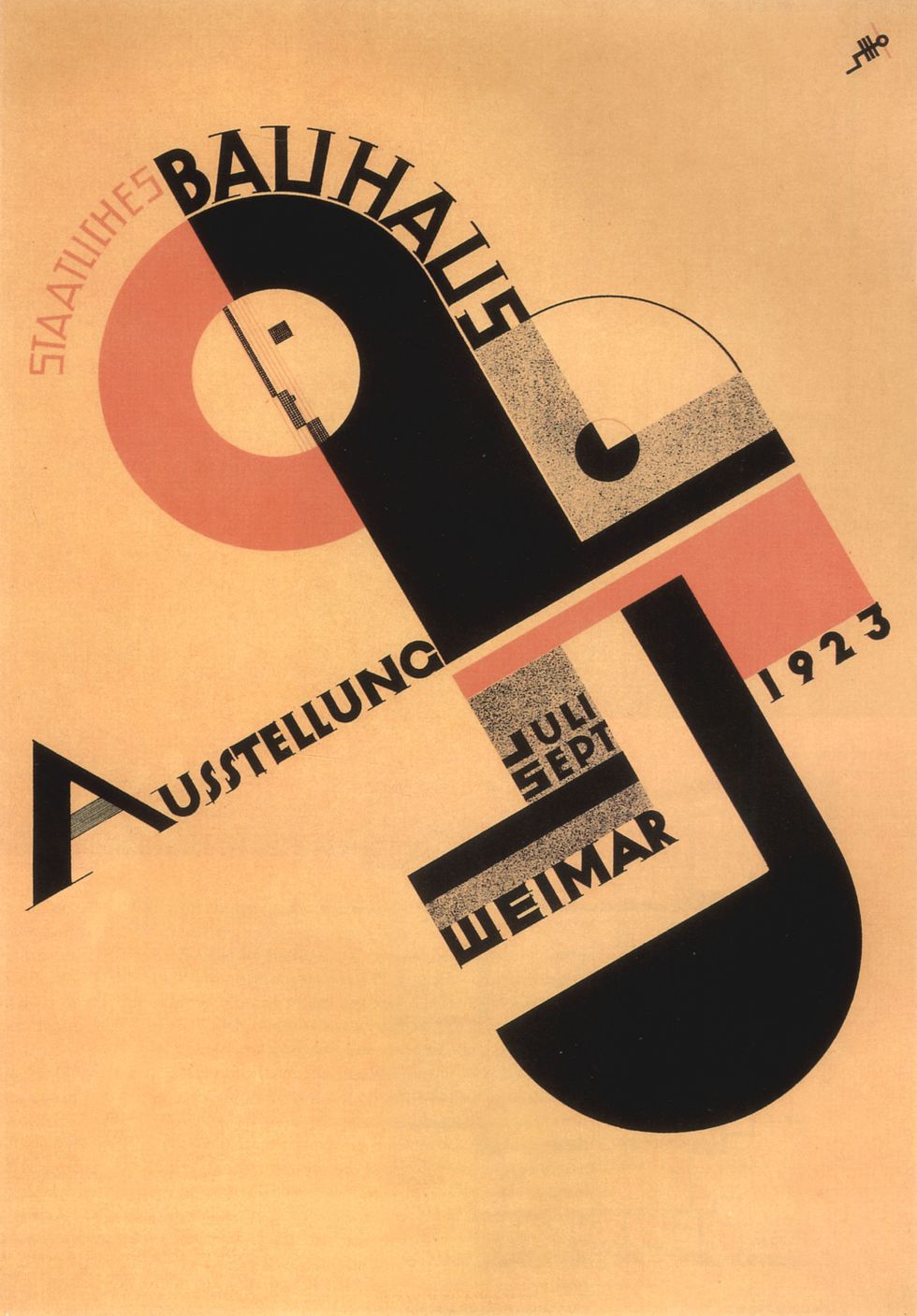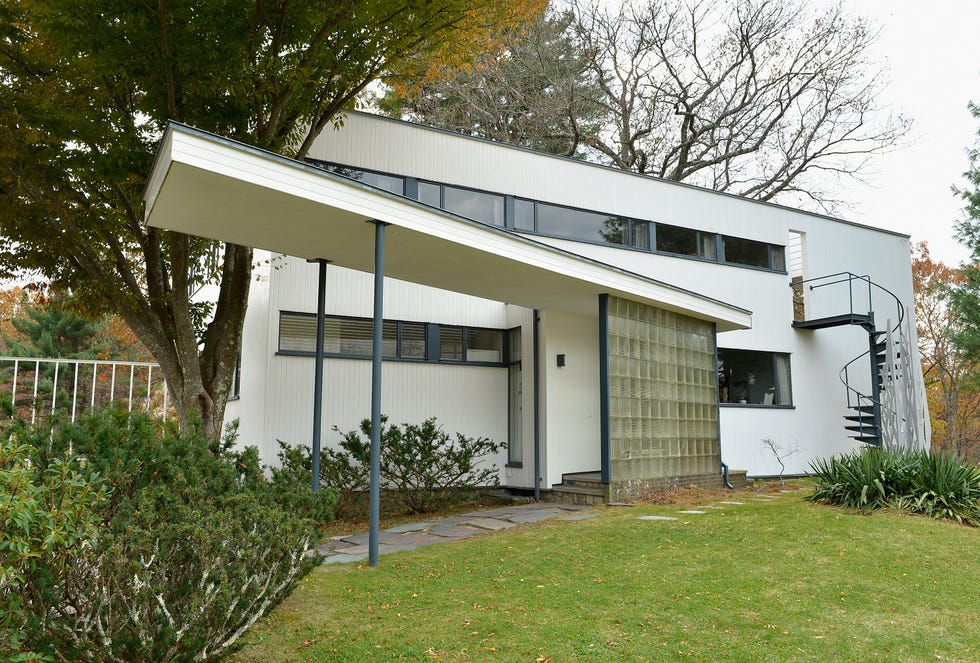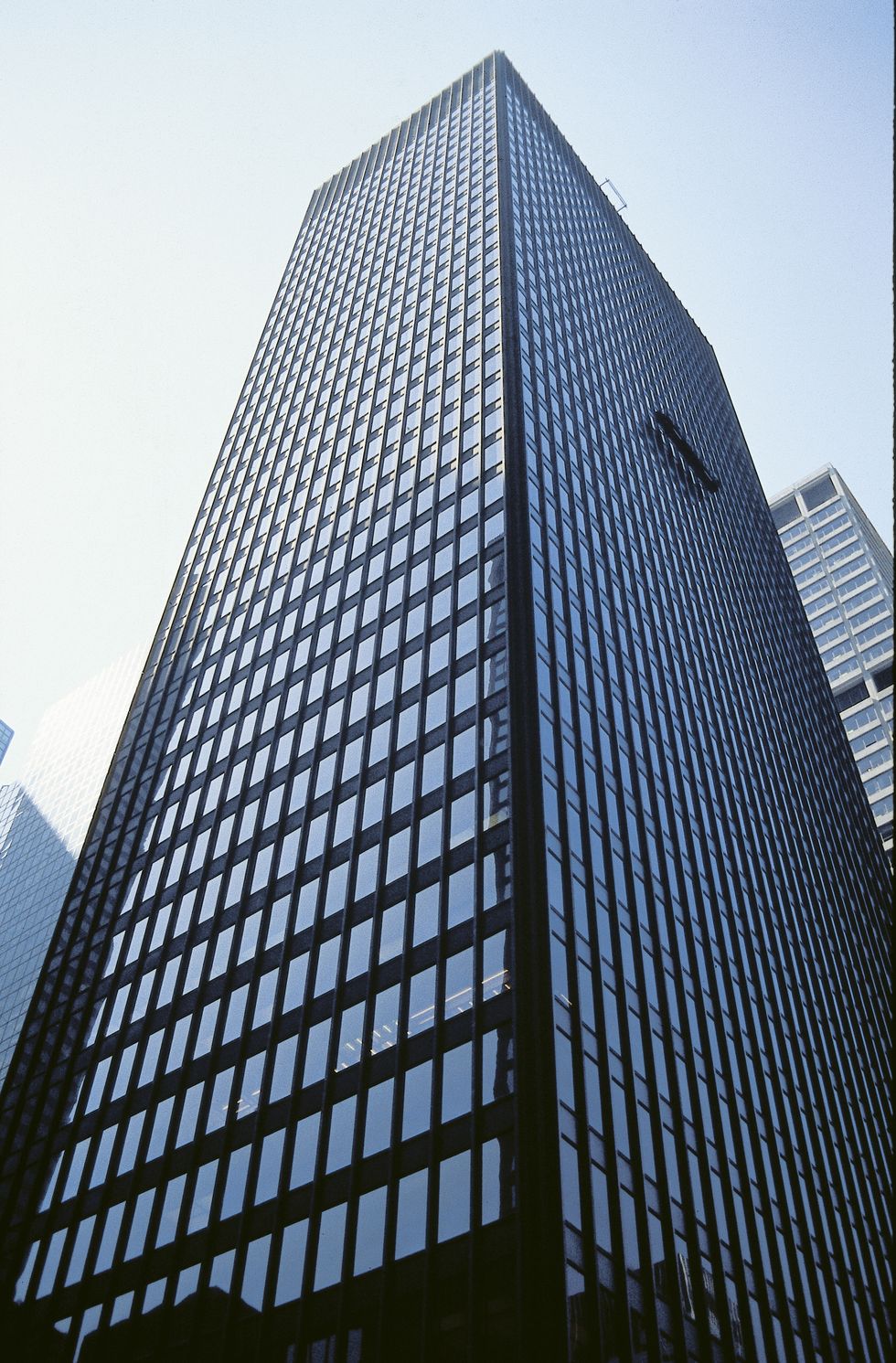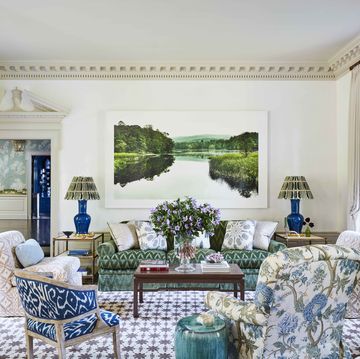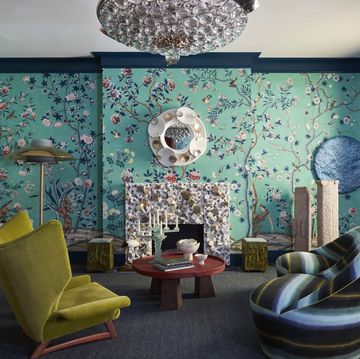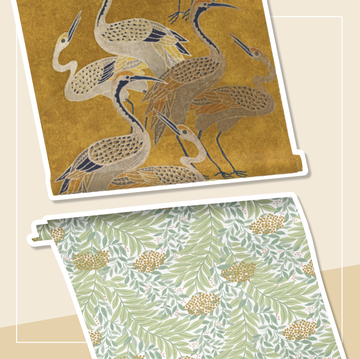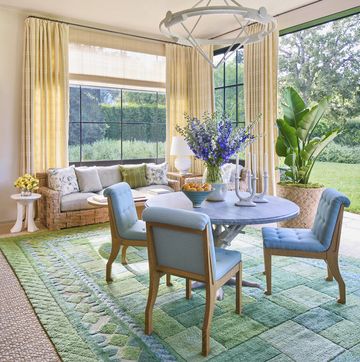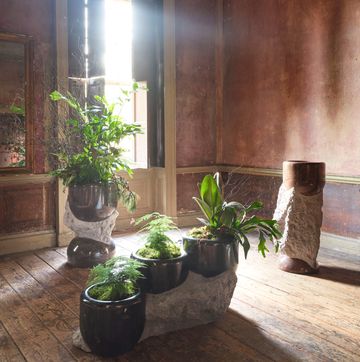"Together let us desire, conceive, and create the new structure of the future, which will embrace architecture and sculpture and painting in one unity and which will one day rise toward heaven from hands of a million workers like the crystal symbol of a new faith.”
In his Proclamation of the Bauhaus, German architect Walter Gropius paints the picture of unity between all art forms to build a new, prosperous world. This radical idea came at a time where Germany had lost its sense of identity and was left in near ruins from years of war. In Gropius’s mind, the only way to bring society back together was to rebuild it.
The Bauhaus, which translates in English to “school of building,” was an avant-garde arts and crafts academy in Weimar that launched only six months after the end of World War I. Gropius built the curriculum around the sole idea of producing artists and designers able to build both functional yet beautiful objects that better the way one lives. As the architect puts it in his book, The New Architecture and the Bauhaus:
“…my primary aim was that the principle of training the individual's natural capacities to grasp life as a whole, a single cosmic entity, should form the basis of instruction throughout the school instead of in only one or two arbitrarily 'specialized' classes…”
Gropius wasn’t alone in this mission, as celebrated visual artists like Vasily Kandinsky and Paul Klee taught many of the school's theory classes. Students would then move on to specialized workshops, from architecture to wall painting to metalworking, to further hone their skills while still working closely with other members of the Bauhaus. This resulted in a distinct style within architecture and art that favored geometric shapes, a sense of openness, and a rather minimal color palette.
It wasn’t long before the lessons of the Bauhaus began spreading throughout not just Germany, but the world, though the true accomplishment of the movement resided in getting individuals, who never once found themselves drawn to the arts, interested in the design of their surrounding world. Demand for structures and furniture pieces that embodied the functionalist style increased, and naturally, so did the spotlight on the school.
Not everyone was pleased by the lesson of the Bauhaus, the most vocal opponent being the Nazi regime. In their eyes, the Bauhaus rejection of Germany’s traditional aesthetics and design was a rejection of Germanic nationalism. The school was forced to move its operations in 1925 to Dessau, where Gropius designed the new building, which housed not just the teaching facility but students housing as well. One of the most recognized examples of the style, the steel-frame structure, features an asymmetric pinwheel plan that connects three separate wings by bridges.
It was thought that by moving the school to a different city interest in it would decrease. Much to the Nazis’ chagrin, Bauhaus rose to a new level of popularity, with socialites and architecture lovers flooding to the exhibitions and events held by the school. It's also at the Dessau location that we see many of the well-known products and designs attributed to the Bauhaus come to life. A former student, Hungarian-born architect and furniture-maker Marcel Breuer, returned to the school to head the cabinetmaking department and work on his own product design. It is during this time that Breuer would create the first prototype of his famed Wassily chair.
As tensions between the government and the art academy increased, Gropius made the decision to step down as director in 1928 and named architect Hannes Meyer as his successor. During the next four years, Bauhaus began mass-producing steel-frame chairs, striking textiles, and innovative kitchenware, which find their ways into global markets. However, this iteration would come to an end in 1932 due to mounting pressure from the Nazis. Bauhaus quickly moved to Berlin, where masters and students would meet in an abandoned telephone factory until police officially closed the school one last time in 1933.
This did not mark the end of the movement, though, as many of the artisans from the school began moving throughout Europe and to the U.S., taking with them the principles and lessons of Bauhaus. After a short time in London, Gropius eventually found himself working at Harvard University with his star pupil, Breuer, once again. The last director of Bauhaus, Ludwig Mies van der Rohe, would end up in Chicago to design the Illinois Institute of Technology, and later in New York City to oversee the construction of the Seagram Building.
The style of Bauhaus may have served as the catalyst for modern architecture, but its founding principles are what ring even louder in today’s world. As the number of vaccinated individuals continues to increase and herd immunity inches closer after a world-altering year, how do we even begin rebuilding a society rocked by the coronavirus pandemic? It feels the answer may lie in Gropius’s original idea of bringing those of different disciples and backgrounds together to create something much larger than ourselves.
Sarah DiMarco (she/her) is the associate editor at VERANDA, covering all things design, architecture, art, gardens, jewelry, travel, wine and spirits. She also manages social media for the brand.


